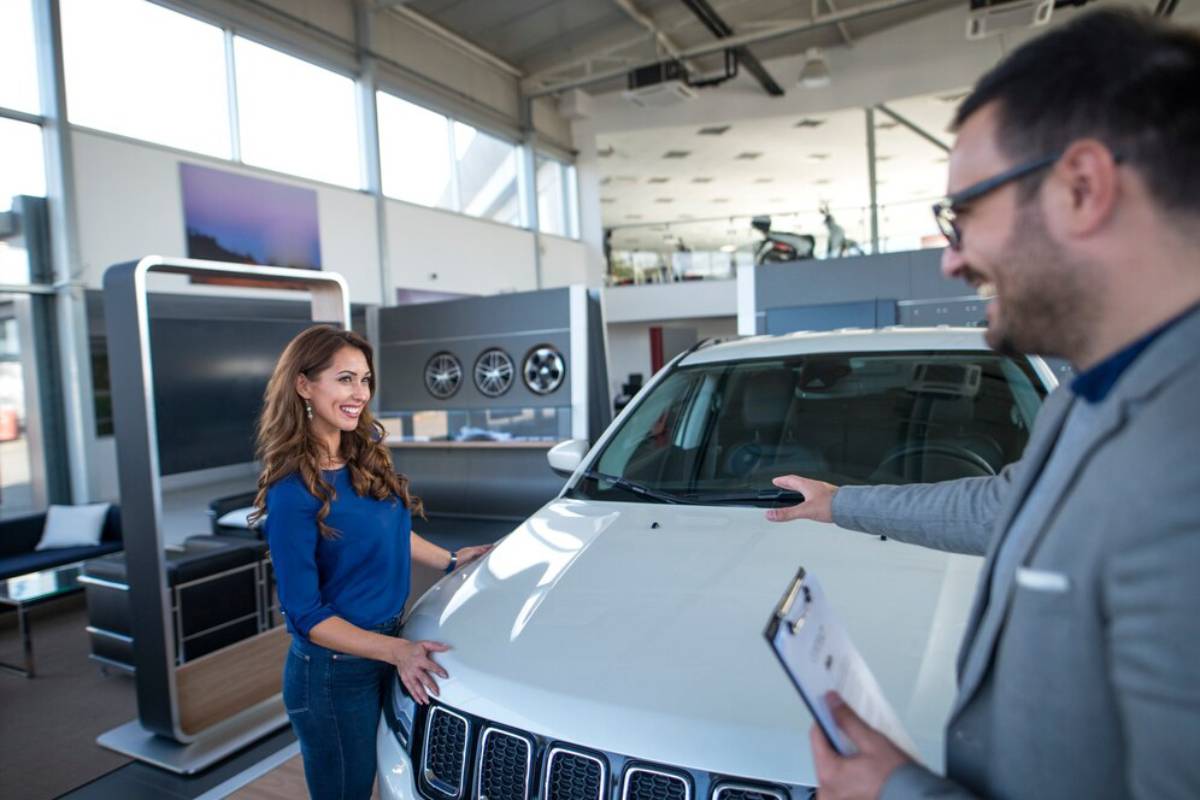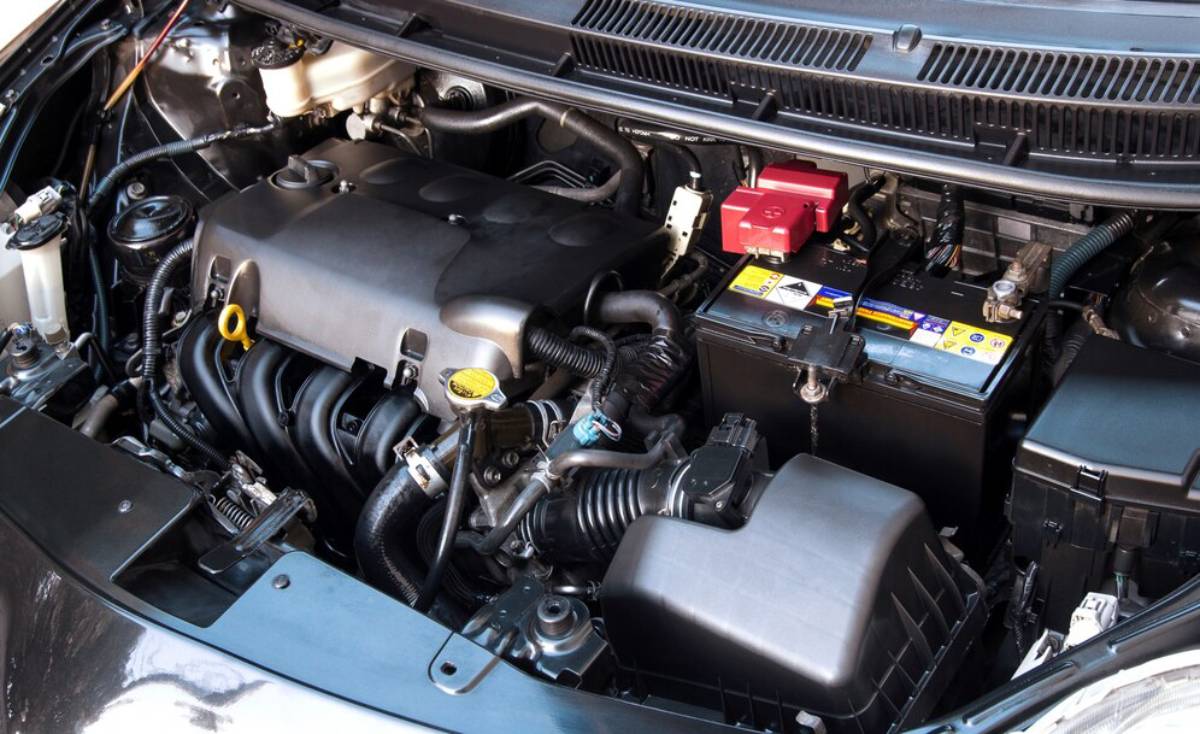
Turbo vs Supercharger: Which One Should You Choose?
Regarding automotive performance upgrades, few debates are as fiery as turbochargers versus superchargers. Both are influential players in forced induction, they’re designed to pump up an engine’s output, but each has its flair, perks, and pitfalls. For car aficionados and performance junkies alike, the choice between these two titans can be a game-changer. In this detailed guide, we’ll dive deep into the mechanics of both options, offering insights to help you uncover the perfect forced induction fit for your ride.
Why Forced Induction Matters
Before we hit the turbo vs. supercharger showdown, let’s grasp why forced induction holds such high esteem among automotive enthusiasts. Forced induction is all about crankin’ up an engine’s performance by boosting the air intake in the combustion chamber. More air equals more oxygen, which, when paired with fuel, creates powerful explosions and, ultimately, a power surge. This magic makes forced induction a favourite for those wanting to amp up their engine’s performance without the weight of a larger engine.
The Basics of Turbochargers and Superchargers

To fully appreciate the nuances of this high-octane debate, we must first understand the fundamental principles of each technology.
Turbochargers
Think of turbochargers as air compressors on a mission, propelled by exhaust gases. They consist of a turbine and a compressor united by a shaft. As exhaust gases escape the engine, they spin the turbine, which whirls the compressor. This dynamic duo draws in, compresses, and forces more air into the engine’s intake manifold. The outcome? A significant boost in air density and engine power that can leave you breathless.
Superchargers
Superchargers, conversely, are the engine’s trusty sidekick. The engine mechanically drives them, generally via a belt attached to the crankshaft. This direct connection means superchargers deliver an instant power boost; they don’t wait for exhaust gases to rev up. However, this perk comes at a price, placing an additional load on the engine that can impact fuel efficiency.
Key Benefits: Turbo vs. Supercharger
Understanding what each forced induction option brings to the table is crucial for making a wise decision.
Turbochargers: The Pros
- Efficiency: Turbochargers shine in boosting fuel efficiency. Harnessing wasted exhaust gases enhances an engine’s output while keeping fuel consumption in check.
- Power Potential: Looking for a power surge? Turbos excel at higher RPMs, offering noticeable gains perfect for those who crave speed.
- Compact Design: Turbochargers tend to be sleeker than their supercharged counterparts, making them ideal for tight engine bays—a boon for modern vehicles.
Superchargers: The Pros
- Instant Power Delivery: Superchargers are all about immediate gratification. Unlike turbos that can lag, they deliver a boost the instant you hit the gas.
- Simplicity: With a more straightforward design, superchargers are typically easier to install and may save you on installation costs.
- Consistent Performance: Being mechanically driven means superchargers offer consistent boost across RPMs—ideal for those who need reliable power delivery.
Step-by-Step Guide: Choosing Between Turbo and Supercharger

Choosing between a turbocharger and a supercharger takes careful consideration of factors like your driving style, vehicle type, and performance goals. Here’s a step-by-step roadmap to guide your choice:
Step 1: Assess Your Driving Habits
Reflect on how you use your vehicle most. A turbocharger may be your best bet if you frequent highways or crave high-speed thrills. They excel at higher RPMs, delivering powerful outputs as you accelerate.
Step 2: Evaluate Your Vehicle’s Engine
Not all engines play nicely with forced induction. For smaller displacement engines, turbocharging reigns supreme, while larger engines are primed for the immediate kick of supercharging.
Step 3: Consider Installation and Maintenance
Take a moment to weigh installation complexity and future maintenance. Turbochargers can pose challenges in both areas, while superchargers often keep things simple and user-friendly.
Step 4: Budget Considerations
Cost always looms large when considering performance enhancements. Turbos may fetch higher installation costs but promise exhilarating power. Superchargers might be kinder on your wallet upfront, though they could impact fuel economy.
Step 5: Long-Term Goals
Ponder your long-term aspirations for your vehicle. A turbocharger may provide greater flexibility and power potential if more modifications are on your horizon. However, a supercharger could be the ideal choice if you seek a straightforward power boost now.
Additional Expert Tips & Common Mistakes to Avoid
Expert Tips
- Research Thoroughly: Dive deep into both options. Talk to specialists, scour reviews, and learn from fellow enthusiasts.
- Consider Supporting Modifications: Both options may require additional upgrades—think fuel systems or intercoolers—to reach their full potential.
- Think About Heat Management: Forced induction generates heat that can hinder performance. Invest in cooling solutions to keep your engine running hot and strong.
Common Mistakes to Avoid
- Ignoring Engine Compatibility: Not every engine is cut out for forced induction. Ensure yours can handle the added power before diving in.
- Overlooking Tuning: Proper tuning is necessary for turbo and supercharged engines. Neglecting this step risks compromised performance or worse.
- Underestimating Costs: Forced induction can be a costly venture when you factor in supporting mods and maintenance. Budget wisely!
Conclusion: Making the Right Choice
Choosing between a turbocharger and a supercharger hinges on your preferences and specific performance aspirations. Each option boasts unique strengths and challenges, with the best choice tailored to your driving style. By carefully weighing your habits, vehicle type, and future goals, you can make a savvy decision that enhances your driving experience.
As you embark on your forced induction journey, remember whether you opt for the turbo’s efficiency and power potential or the supercharger’s instant gratification, both can transform your vehicle into a high-octane marvel.
Which option revs your engine more? Share your thoughts or tales in the comments below!